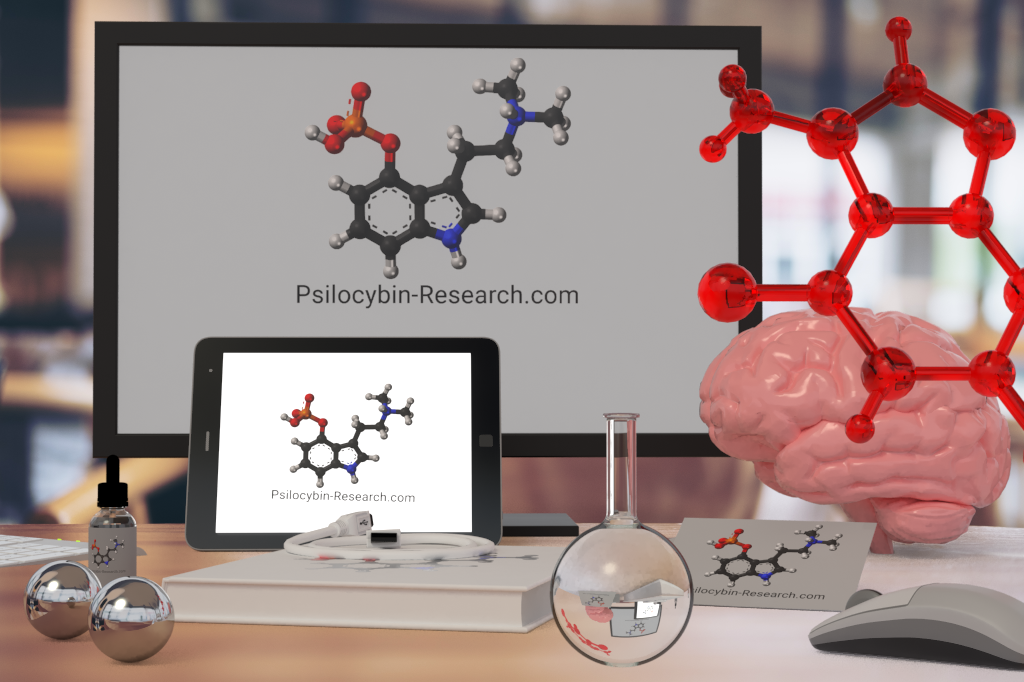References 2022
Gukasyan, N., Davis, A. K., Barrett, F. S., Cosimano, M. P., Sepeda, N. D., Johnson, M. W., & Griffiths, R. R.. (2022). Efficacy and safety of psilocybin-assisted treatment for major …

Psilocybin (4-phosphoryloxy-N,N-dimethyltryptamine; acronymized as 4-PO-HO-DMT) is a naturally occurring chemical compound (i.e., an indolealkylamine) which has hitherto been detected in more than 200 different fungal species across various genera (n.b., numerous specimina are endemic to the Western hemisphere). The mixed 5-HT receptor agonist dose-dependently induces altered states of consciousness (preliminary data suggests that the 5-HT2A receptor is of particular relevance). The molecular structure of Psilocybin closely resembles the neurotransmitter serotonin (viz., 5-hydroxytrptamine). It was first isolated and characterized by the Swiss chemist Albert Hofmann (*1906;†2008) in the year 1959 while he worked at Sandoz Pharmaceuticals (at least according to the mainstream narrative, cf. Leopold Perutz). This website summarises current cutting-edge scientific research on this extraordinary psychoactive compound with a thematic emphasis on its neurological and psychological effects and their relation to the evolution of consciousness. 中文摘要
Latest scientific publications General informationPlain numerical DOI: 10.1016/j.mehy.2019.109406
DOI URL
directSciHub download
Plain numerical DOI: 10.1016/j.neuroimage.2019.04.009
DOI URL
directSciHub download

Plain numerical DOI: 10.1007/s00213-021-06020-5
DOI URL
directSciHub download
Plain numerical DOI: 10.3390/jox12010004
DOI URL
directSciHub download
Plain numerical DOI: 10.3389/fphar.2022.841648
DOI URL
directSciHub download
Plain numerical DOI: 10.1177/00048674221083868
DOI URL
directSciHub download
Plain numerical DOI: 10.1016/j.funbio.2022.01.003
DOI URL
directSciHub download
Plain numerical DOI: 10.1016/j.jad.2021.09.041
DOI URL
directSciHub download
Plain numerical DOI: 10.3389/fnrgo.2021.784576
DOI URL
directSciHub download
Plain numerical DOI: 10.1007/s00213-022-06062-3
DOI URL
directSciHub download
Plain numerical DOI: 10.1007/s11019-022-10070-7
DOI URL
directSciHub download
Plain numerical DOI: 10.1007/s00115-021-01255-1
DOI URL
directSciHub download
Plain numerical DOI: 10.1021/acsomega.1c06708
DOI URL
directSciHub download
Plain numerical DOI: 10.1097/YCO.0000000000000759
DOI URL
directSciHub download
Machine Learning Powered AI Translation
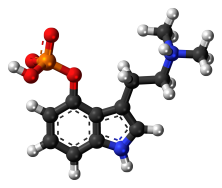
Psilocybin-Research is a research spin-off that emerged from the European Union funded Marie Curie Actions CogNovo program located at the University of Plymouth (United Kingdom).
The founder of Psilocybin-Research is Dr. Christopher B. Germann. The subsequent section provides a prefatory statement by Dr. Germann.
You can alternatively display/download the statement as a LaTeX PDF (opens in a new window) or HTML5 document (integrated AI text-to-speech synthesis)
“Given the significant wicked problems humanity is forced to face in the 21st century Anthropocene, systematic transdisciplinary scientific research on various naturally-occurring “consciousness expanding” psychoactive substances (specifically in the domain of psychology and neuroscience) is, per analogiam, at least as important as basic research on radioactive substances was for the progress of the physical sciences in the 20th century. Research on psychoactive tryptamines could potentially revolutionize our understanding of psychology comparable to the way research on radioactive isotopes revolutionized our understanding of physics. Today’s existential problems are primarily caused by a “mass-pathology of consciousness”. Therefore, “looking inside” (introspection/psychology) is currently much more important than “looking outside” (extrospection/physics). Contrary to wide spread believe, technological solution will not solve our problems which are clearly caused by psychological corruption (a fact which is not easily admitted due to unconscious psychological defense mechanism which prevent an unbiased perception of the real causes of our extremely pressing problems). A deeper understanding of consciousness might simultaneously help to address external problems as inside and outside might not be separable in the Cartesian dualistic sense (viz., the dichotomy between mind and matter, psyche and physis, subject and object, might not be as clear-cut as mainstream science prima facie assumes). Intrinsically motivated, authentic, and non-conformist thinking à la Marie Curie is of crucial importance in this context. Currently, we are utterly nescient about the exact relationship between mind and matter (i.e., psyche and physis; cf. the hitherto unresolved explanatory gap). Ergo, intellectual/epistemological humility is a true scientific virtue which forms the basis of genuine curiosity, and hence creativity, innovation, evolution, and the urgently needed radical Kuhnian paradigm-change. Specifically the potential to induce transformative and enduring states of unity consciousness (s.c., nonduality/Advaita) is of great pertinence in the prevailing capitalistic neoliberal/social-Darwinian climate which indoctrinates immoral/inhuman hyper-competition, careerism, ego-centrism, and psychopathic narcissism (this is then called “success”). Utilized in the right way, minute quantities of a chemically well-defined small class of psychoactive tryptamines (i.e., structural analogues of psilocybin/serotonin) can change human consciousness in profound ways and facilitate deep ontological insights into the interconnectedness of humanity (beyond economic competition) and all of nature (biophilia versus nécrophilia; cf. hologenome theory of evolution). Given that converging evidence from a variety of independent sources indicates that humanity is currently destroying the ecosystem at an exponential rate, a fundamental shift in the regnant cognitive modus operandi is of pivotal importance for the survival of the species homo sapiēns (currently more accurately classified as homo consumens) on this planet which has been termed spaceship earth. Contrary to widespread naiveté, the logical interpretation of this proposal does not rest on the premise that every individual has to partake in this mind-changing endeavor. From a complex systems theory point of view, a phase-shift in the collective unconscious of the species (à la C.G. Jung) might be induced if a proportionally rather small ‘critical mass’ of participants is reached (cf. ‘snowball-effect’ in social psychology, i.e., “spreading activation” in communication networks). We simply do not know enough about consciousness (and de facto physical matter; cf. recent empirical findings in experimental quantum entanglement research, e.g., violations of Bell inequalities; hypothetical dark matter & dark energy, extra dimension/M-theory, etc. pp.) to precluded the possibility of effecting the collective unconscious in hitherto unknown ways prima facie (a close-minded and dogmatic attitude towards the possibilities of science which is unfortunately very dominant in indoctrinated mainstream academic circles). For instance, we find similar models in developmental biology where a small minority of so called ‘imaginal cells’ in the developing chrysalis transform the whole organism beyond recognition into a beautiful colorful butterfly which can fly! Who would have predicted this unfoldment of inherent (dormant) potential a priori? Open-mindedness is a condicio sine qua non for creativity, cognitive innovation and, ergo, scientific progress and and the theoretically infinite unfoldment of human potential.”
~ Dr. Christopher B. Germann (Marie Curie Alumnus)
See also Dr. Germann’s thematically related papers on N,N-DMT and 5-MeO-DMT (both compounds are structural relatives of psilocybin/4-PO-HO-DMT):
https://cognitive-liberty.online/tavistock-institute-for-human-relations/
https://cognitive-liberty.online/studies-on-the-financial-power-elite-behind-the-facade-of-democracy/
, 138(5), 368–378.
Plain numerical DOI: 10.1111/acps.12904
DOI URL
directSciHub download
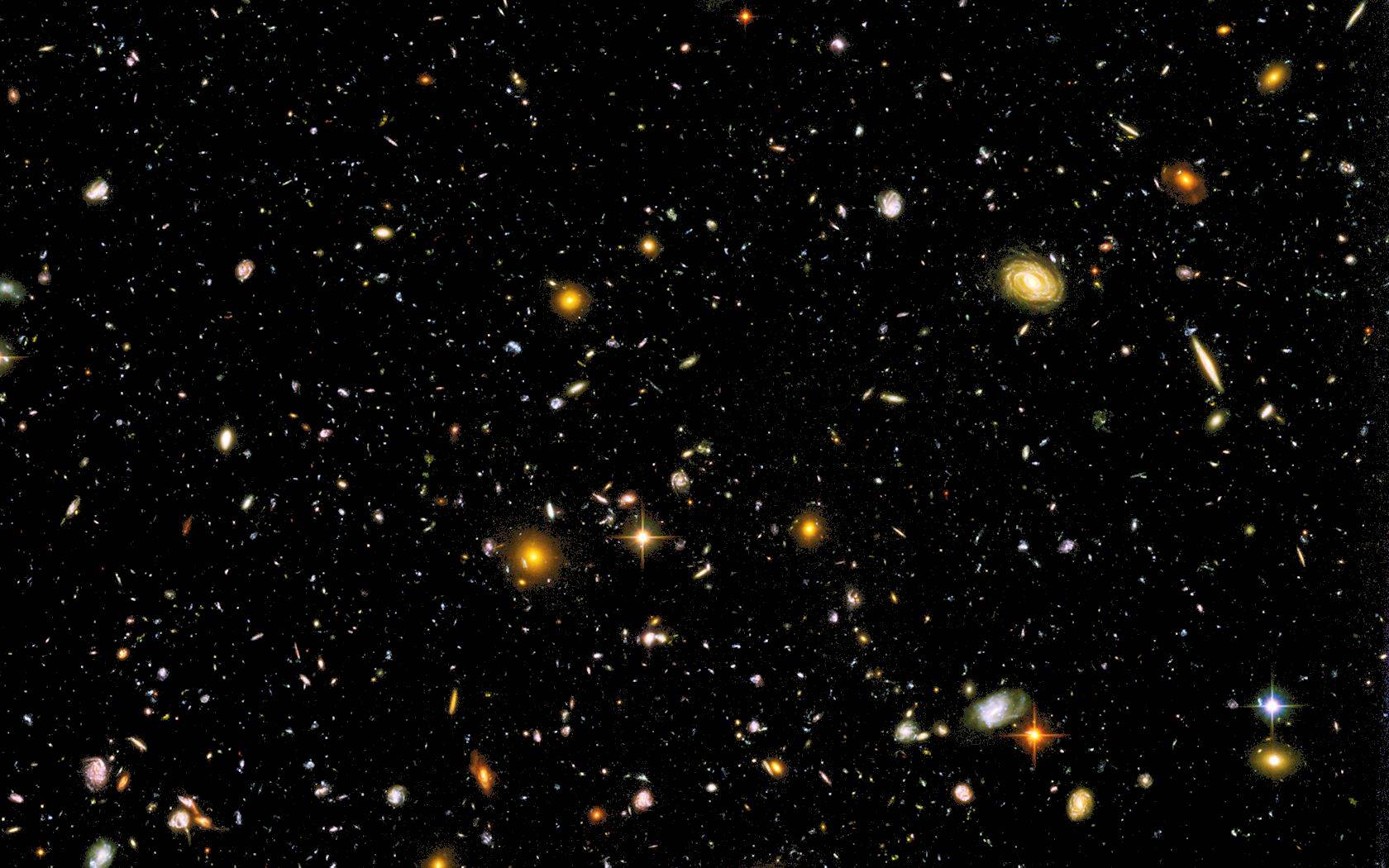
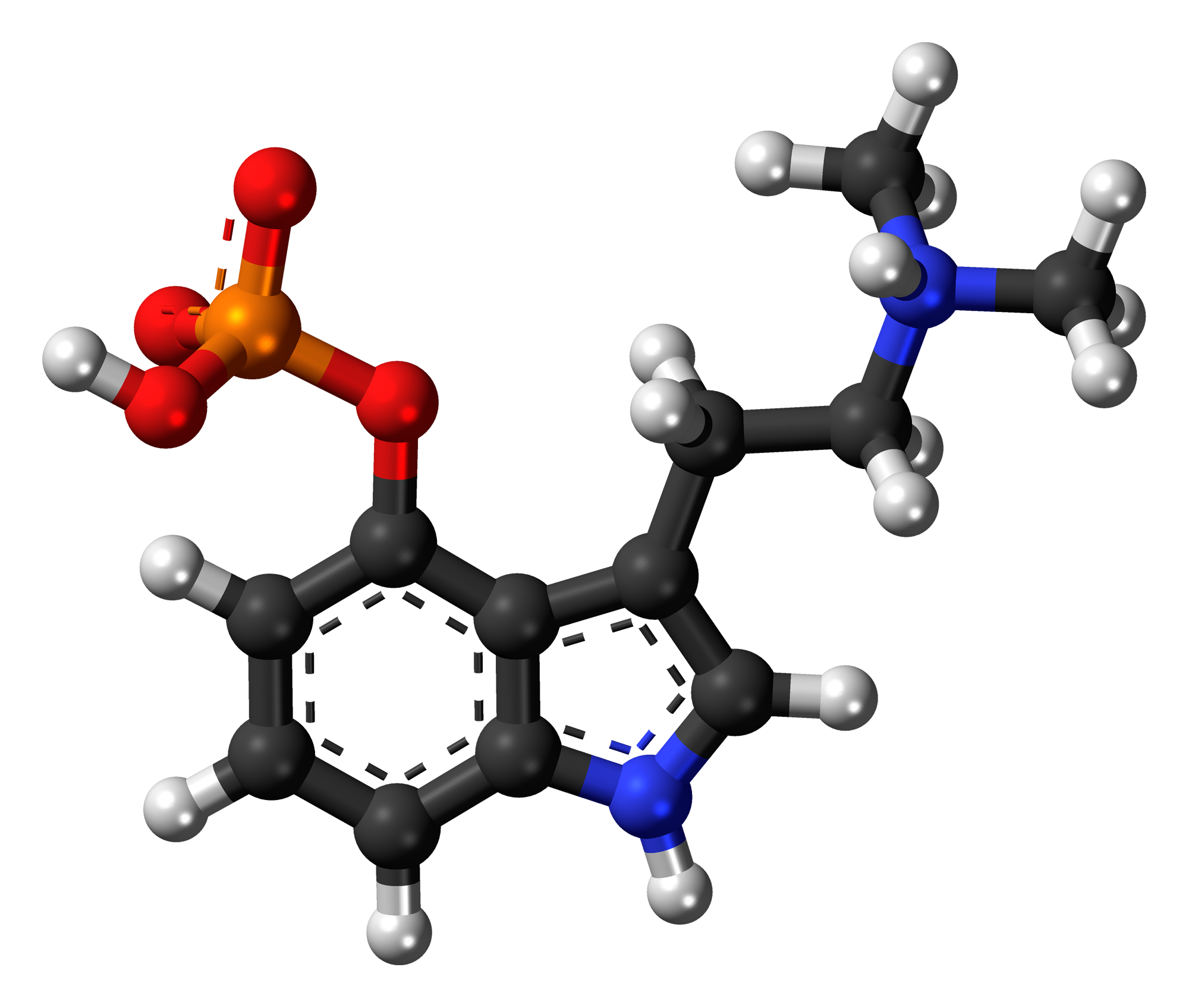
, 132(5), 1729–1755.
Plain numerical DOI: 10.1086/507302
DOI URL
directSciHub download
The primary foci of CogNovo are the neuronal correlates and psychological mechanisms which underpin creativity, with interdisciplinary investigations into the rôle of creativity in human cognition, and their application in sustainable technological developments and social innovation. The program has been funded by the European Union as part of the Framework Programmes for Research and Technological Development.
(FP7-PEOPLE-2013-ITN-604764).
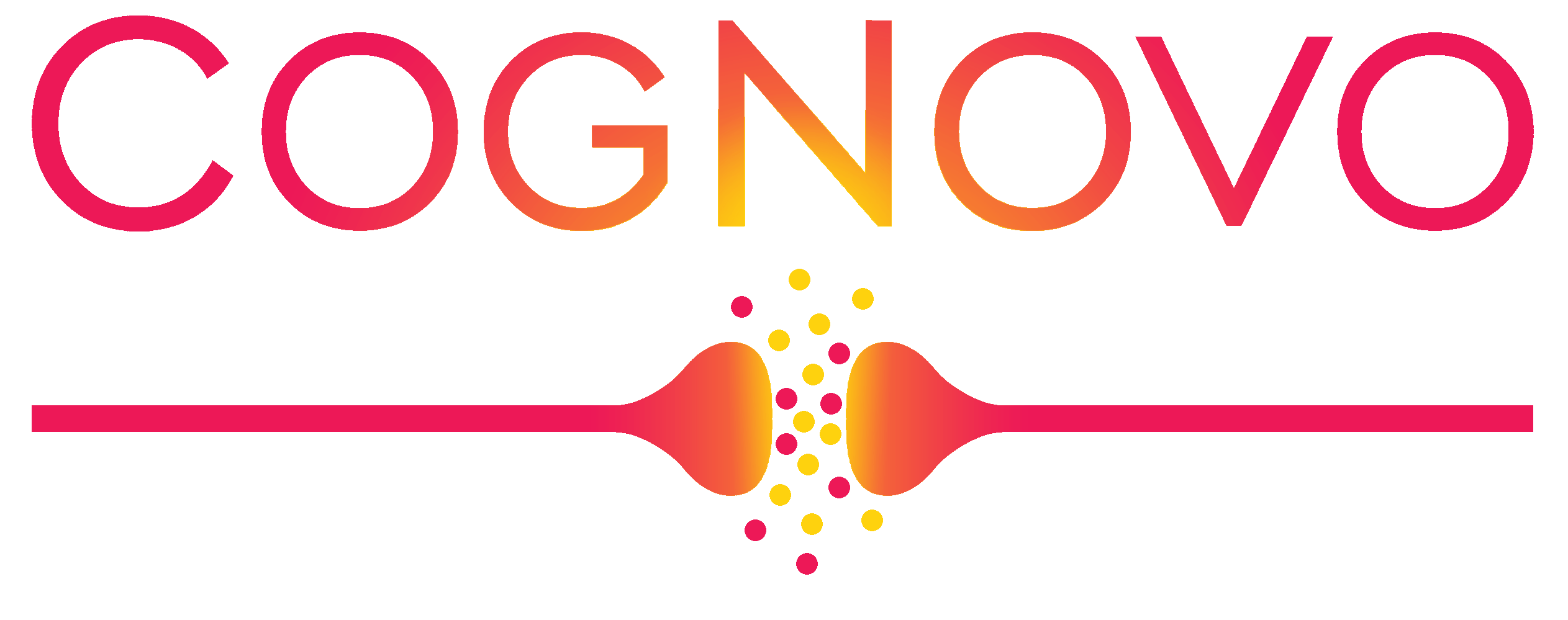
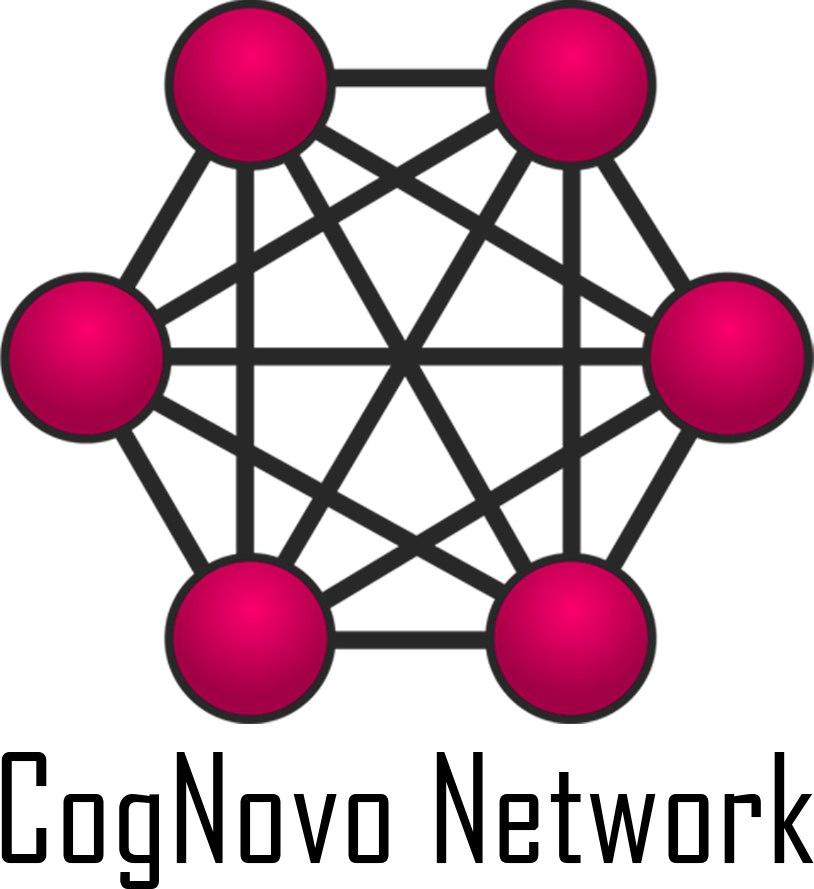
Legal disclaimer: The interdisciplinary Marie Curie CogNovo program has been intentionally designed by the European Union and the University of Plymouth (United Kingdom) to discuss and disseminate a wide view on a diverse spectrum of topics including psychology, neuroscience, current affairs, basic science, humanities, and the arts, inter alia. Note that the views and opinions expressed on this website do not necessarily represent the opinions of any of the institutions mentioned on this website and belong exclusively to the copyright holder. The CogNovo program explicitly emphasises cognitive and social innovation, the generation of new ideas and perspectives, and the probing of boundaries, but see https://www.cognovo.eu/about/
TED talk by Prof. Roland Griffith (John Hopkins)
https://www.hopkinsmedicine.org/profiles/results/directory/profile/1311852/roland-griffiths
Research on psilocybin & creativity
Plain numerical DOI: 10.1016/0006-3223(95)00418-1
DOI URL
directSciHub download
Plain numerical DOI: 10.1016/j.mehy.2018.03.010
DOI URL
directSciHub download
Plain numerical DOI: 10.1007/s00213-018-5049-7
DOI URL
directSciHub download
Show additional publications on psilocybin & creativity
Plain numerical DOI: 10.1101/578435
DOI URL
directSciHub download
, 7(1), 13187.
Plain numerical DOI: 10.1038/s41598-017-13282-7
DOI URL
directSciHub download
Compare
Plain numerical DOI: 10.1177/070674371105600303
DOI URL
directSciHub download
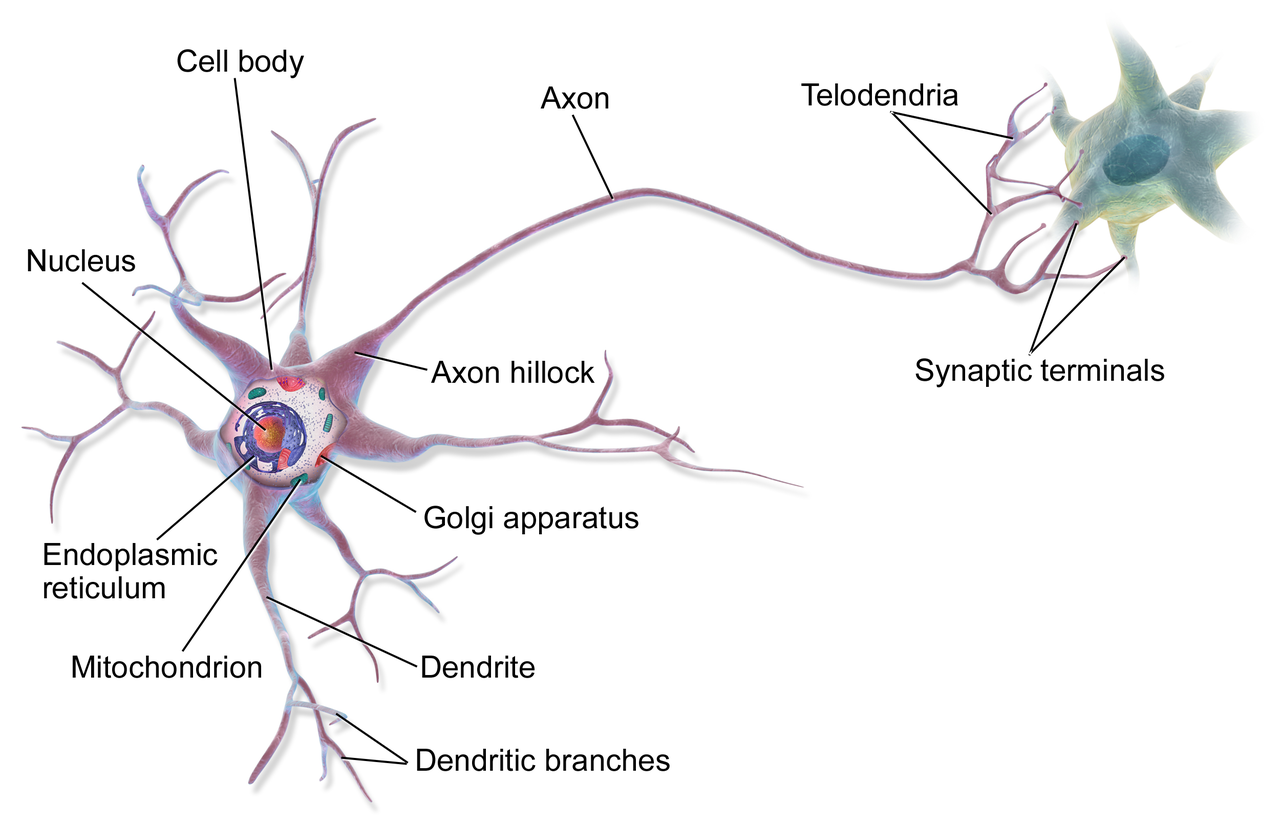
Abstract: Psychedelic drugs have a long history of use in healing ceremonies, but despite renewed interest in their therapeutic potential, we continue to know very little about howthey work in the brain. Here we used psilocybin, a classic psychedelic found in magic mushrooms, and a task-free functional MRI (fMRI) protocol designed to capture the transition from normalwaking consciousness to the psychedelic state. Arterial spin labeling perfusion and blood-oxygen level-dependent (BOLD) fMRI were used to map cerebral blood flow and changes in venous oxygenation before and after intravenous infusions of placebo and psilocybin. Fifteen healthy volunteers were scanned with arterial spin labeling and a separate 15 with BOLD. As predicted, profound changes in consciousness were observed after psilocybin, but surprisingly, only decreases in cerebral blood flow and BOLD signal were seen, and these were maximal in hub regions, such as the thalamus and anterior and posterior cingulate cortex (ACC and PCC). Decreased activity in the ACC/medial prefrontal cortex (mPFC) was a consistent finding and the magnitude of this decrease predicted the intensity of the subjective effects. Based on these results, a seed-based pharmaco-physiological interaction/ functional connectivity analysis was performed using a medial prefrontal seed. Psilocybin caused a significant decrease in the positive coupling between the mPFC and PCC. These results strongly imply that the subjective effects of psychedelic drugs are caused by decreased activity and connectivity in the brain’s key connector hubs, enabling a state of unconstrained cognition.
Plain numerical DOI: 10.1073/pnas.1119598109
DOI URL
directSciHub download
Psilocybin has been described as a “consciousness expanding” compound. This generic definition has far-reaching ramifications because consciousness lies at the very core of human experience. Moreover, science itself is a cognitive activity which takes place within consciousness. From a purely rational point of view it is an undeniable fact that consciousness is primary to all human activities (including thought itself). This statement is a logical necessity which can be formalized as a valid syllogistic argument. Without consciousness there is no thought, without thought there is no science. Ergo, the expansion of consciousness has deep implication for the discipline of science as a whole, especially in the context of epistemology and ontology. The profound effects of psilocybin on human consciousness are not easily communicable through abstract symbol systems (i.e., language) and the term “ineffable” is often used to describe this linguistic limitation. That is, the qualitative phenomenology of psilocybin cannot be described in words, especially to someone who is not familiar to its phenomenology due to subjective first-hand experience (the “epistemic gap” can not be bridged by linguistic tools). The problem is reminiscent of a classical Gedankenexperiment in the philosophy of mind which is usually termed “Mary the colorblind neuroscientist” (the “Knowledge Argument” formulated by Jackson, 1982).
This highly influential thought experiment goes as follows:
Mary is a brilliant scientist who is, for whatever reason, forced to investigate the world from a black and white room via a black and white television monitor. She specializes in the neurophysiology of vision and acquires, let us suppose, all the physical information there is to obtain about what goes on when we see ripe tomatoes, or the sky, and use terms like “red”, “blue”, and so on. She discovers, for example, just which wavelength combinations from the sky stimulate the retina, and exactly how this produces via the central nervous system the contraction of the vocal cords and expulsion of air from the lungs that results in the uttering of the sentence “The sky is blue”. … What will happen when Mary is released from her black and white room or is given a color television monitor? Will she learn anything or not?
(Jackson, 1982, p. 130)
The same argument holds true for the phenomenology of psilocybin. Let’s imagine a super-scientists in the year 3082. He knows everything about the neuronal and psychological processes which underpin perception. He knows everything about quantum-process at the microtubular level and how they relate to various states of consciousness. He knows everything about genes and how they relate to all the neurotransmitter systems in the human brain. He is an absolute expert in neurochemistry and and there are no more open questions about the complex interactions between various neurotransmitter systems and how they interact with human consciousness. All this is objectively known. The question is: Does he learn anything new when he takes psilocybin himself? Does he gain additional first-hand knowledge which would otherwise be unavailable to him? We leave the question for the reader to ponder…
For a more recent discussion of the Knowledge Argument see:
Plain numerical DOI: 10.1007/s12136-004-1006-7
DOI URL
directSciHub download
Zhou, Y. Q., & Furnish, T.. (2017). Refractory phantom limb pain treated with psilocybin. Regional Anesthesia and Pain Medicine Plain numerical DOI: 10.1097/AAP.0000000000000680 DOI URL directSciHub download NCT03554174. (2018). Psilocybin …
Letheby, C.. (2016). The epistemic innocence of psychedelic states. Consciousness and Cognition Plain numerical DOI: 10.1016/j.concog.2015.11.012 DOI URL directSciHub download Letheby, C., & Edward, R.. (2015). The Philosophy of Psychedelic …
Bogenschutz, M. P., Forcehimes, A. A., Pommy, J. A., Wilcox, C. E., Barbosa, P., & Strassman, R. J.. (2015). Psilocybin-assisted treatment for alcohol dependence: A proof-of-concept study. Journal of Psychopharmacology …
Deshmukh, S. K., Verekar, S. A., & Natarajan, K.. (2006). Poisonous and Hallucinogenic Mushrooms of India. International Journal of Medicinal Mushrooms , 8(3), 251–262. Plain numerical DOI: 10.1615/IntJMedMushr.v8.i3.70 DOI URL …
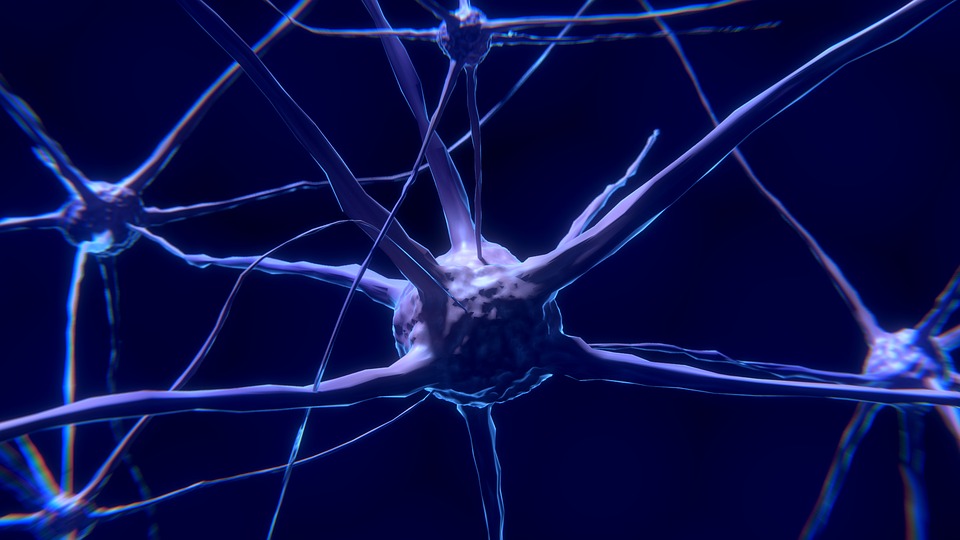
Paper associated with this video lecture:
Catlow, B. J., Song, S., Paredes, D. A., Kirstein, C. L., & Sanchez-Ramos, J. (2013). Effects of psilocybin on hippocampal neurogenesis and extinction of trace fear conditioning. Experimental brain research. 228(4), 481–491.
https://doi.org/10.1007/s00221-013-3579-0
, 379(6565), 503–504.
Plain numerical DOI: 10.1038/379503a0
DOI URL
directSciHub download
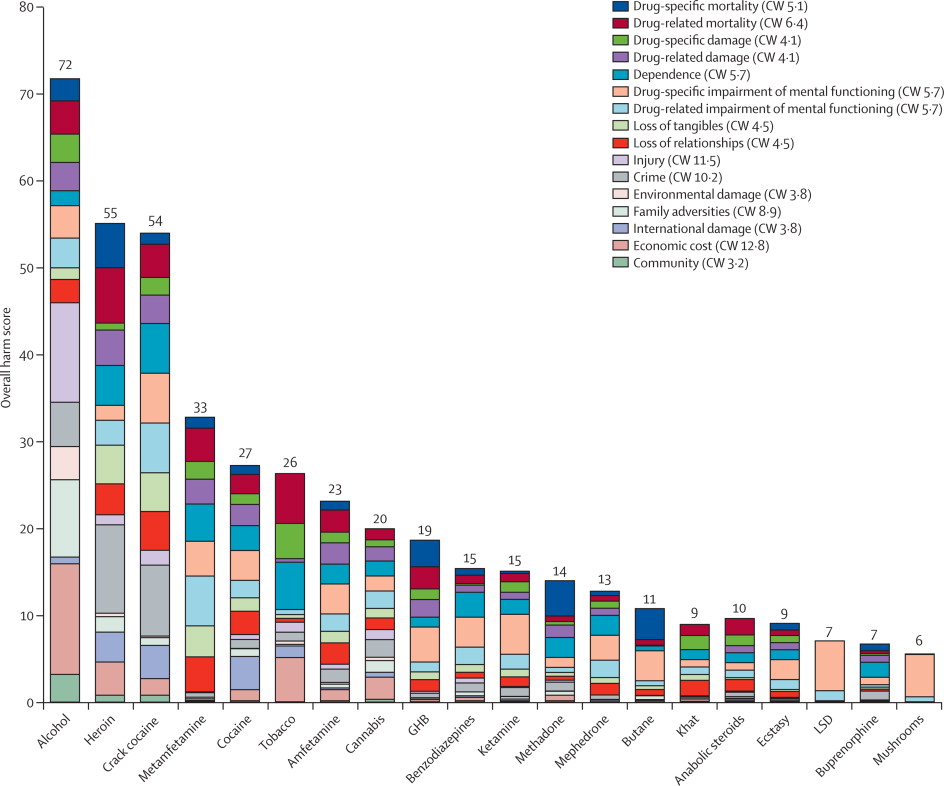
More information and further thematically related studies
, 376(9752), 1558–1565.
Plain numerical DOI: 10.1016/S0140-6736(10)61462-6
DOI URL
directSciHub download
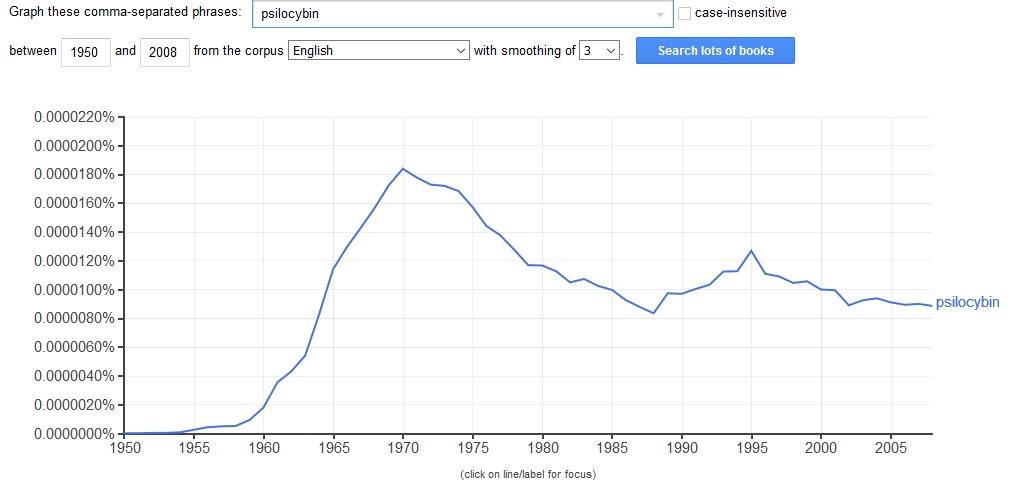

Quantitative analysis of GoogleTrends
Computation in R (statistical open-source software) to analyze the virality of internet memes (per analogiam to spreading information in a neuronal network; i.e., the brain and the world-wide-web share various information-processing similarities).
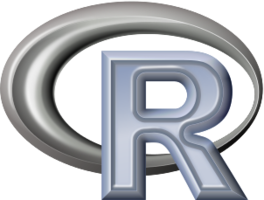

Required R package: https://cran.r-project.org/web/packages/gtrendsR/
You can download this ZIP-archive for additional statistics and the associated R-code.
The raw data-set of a Google-Trends analysis with R for three countries (UK, USA, Germany) can be accessed under the following URL as a tab-limited *txt-file:
https://psilocybin-research.com/wp-content/uploads/psilocybin-gtrends.txt
(as per June 2019)
Gukasyan, N., Davis, A. K., Barrett, F. S., Cosimano, M. P., Sepeda, N. D., Johnson, M. W., & Griffiths, R. R.. (2022). Efficacy and safety of psilocybin-assisted treatment for major …
https://www.nobelprize.org/prizes/chemistry/1993/mullis/lecture/ https://www.nobelprize.org/prizes/chemistry/1993/mullis/interview/ Mullis stated in an interview: “Back in the 1960s and early ’70s I took plenty of LSD. A lot of people were doing that in Berkeley back then. …
Elsey, J. W. B. (2017). Psychedelic drug use in healthy individuals: A review of benefits, costs, and implications for drug policy. Drug Science, Policy and Law, 3, 205032451772323. Argento, E., …
We are always looking for new scientific articles and general information on psilocybin research. If you are a researcher and you want your work to be mentioned on this website you are welcome to contact us. Furthermore, if you work in the public relations sector you can contact us for further information on the topic.

